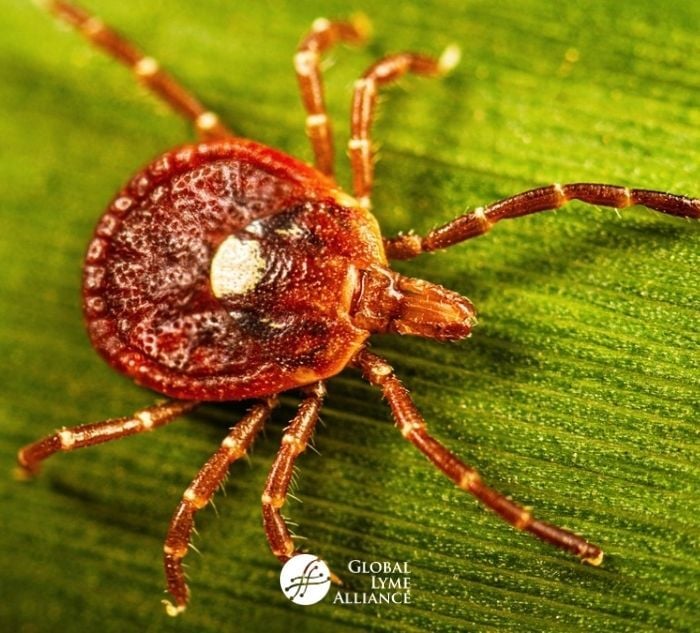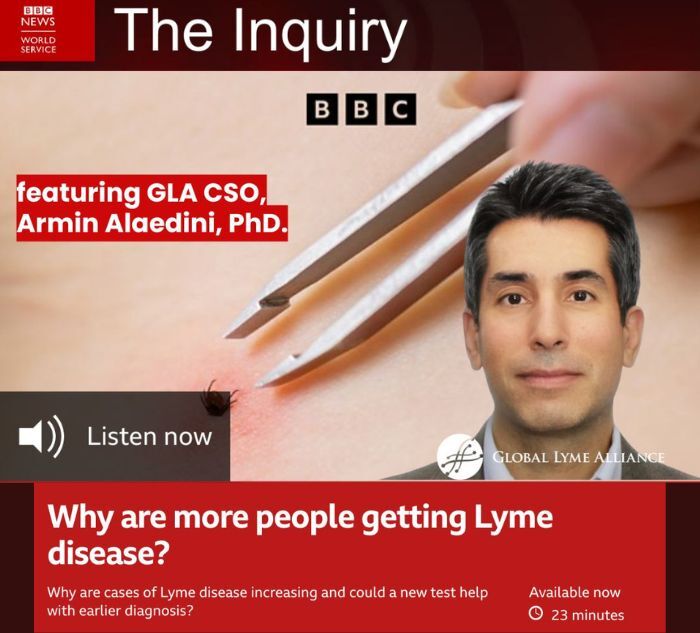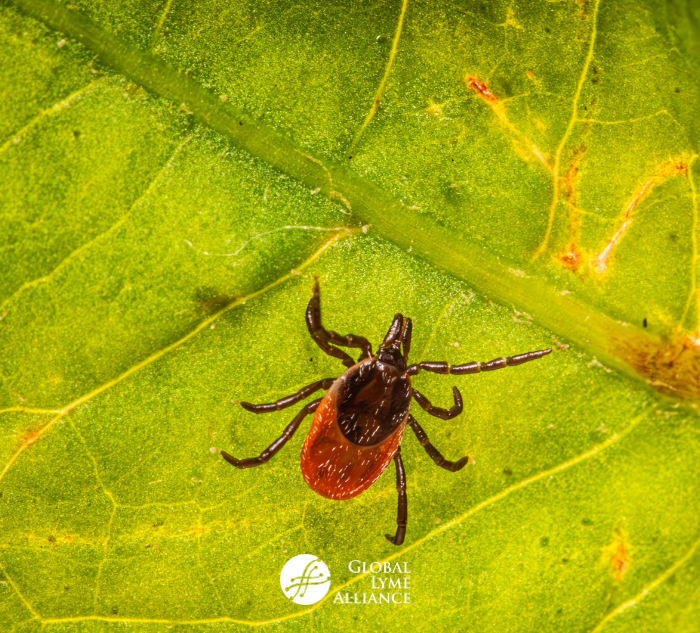
Learn about the connection between Lyme disease and leaky gut syndrome, how it affects your health, and effective treatment options.
For two years before I was diagnosed with Lyme disease, babesiosis, and ehrlichiosis, I saw a naturopathic physician (ND) who treated my chronic active Epstein-Barr virus. Though we were only fighting half the battle because we didn’t yet know I had underlying tick-borne diseases, this doctor recognized an important condition that ultimately affected all my illnesses: leaky gut syndrome.
I learned this term during my initial intake with the ND, when he asked me to stick out my tongue. I waited for the tongue depressor that had always appeared when other doctors asked me to say “ahh.” But this doctor was not looking at my tonsils; he was looking at the color of my tongue, which was pasty white.
He asked if I ate a lot of sugar. Sheepishly, I told him that I was a chocoholic. He asked if I’d been on antibiotics often. For the previous six years, from the time of my unknown tick bite, I’d had frequent ear and respiratory infections that warranted antibiotics.
“Did you take probiotics when you were on antibiotics?” the doctor asked.
I’d never heard of probiotics. I’d also never heard of candida, intestinal yeast overgrowth, gut flora, or the microbiome. All of these words became part of my working vocabulary that day when the ND determined that I likely had leaky gut syndrome.
What is leaky gut syndrome?
When you hear the term leaky gut, you might picture your stomach leaking out into the rest of your body. That’s not entirely inaccurate. In the gastrointestinal (GI) tract, we have an intestinal lining that is supposed to work as a barrier, controlling what gets out of the gut and into the bloodstream. I liken it to the blood-brain barrier, which is meant to protect the brain from infection. In later stages of Lyme disease, the bacterium (spirochetes) can get through this barrier, entering the nervous system and causing neurological Lyme disease.
With leaky gut syndrome, a similar violation of the barrier occurs: toxins, undigested food, and pathogens can leak through the tissue into the bloodstream. According to the Harvard Health Blog “Leaky gut: What is it, and what does it mean for you?” this breach “may trigger inflammation and changes in the gut flora (normal bacteria) that could lead to problems within the digestive tract and beyond.”
What causes leaky gut syndrome?
To some extent, everyone has a leaky gut; the intestinal barrier isn’t supposed to be completely impenetrable. But certain factors can lead to a weaker barrier, and a weaker barrier is tied to increased inflammation and other health issues. My ND explained that diets low in fiber and high in yeast, sugar, and saturated fat tend to cause increased intestinal permeability, or leaky gut syndrome; my penchant for bread, chocolate, and ice cream was likely causing my own leaky gut, leading to systemic inflammation and also throwing off my gut flora or microbiome. From my diet and my antibiotic use, which can kill off bad but also good bacteria in the gut, I had developed intestinal yeast overgrowth, or a candida (yeast) infection in my gut, which manifested in a pasty white tongue.
In addition to diet, stress and heavy alcohol consumption can also lead to a leaky gut. Some people may have a genetic predisposition to the syndrome. It is also tied to gastrointestinal conditions like Crohn’s disease, irritable bowel syndrome, and celiac disease, and may be associated with autoimmune diseases like multiple sclerosis (MS), chronic fatigue syndrome, arthritis, fibromyalgia, and lupus.
What’s the connection between Lyme and leaky gut syndrome?
Since the majority of the body’s immune system lives in the gut, we need our microbiomes to be healthy in order to adequately fight infection like Lyme disease. But Lyme is an inflammatory disease. Where leaky gut syndrome can lead to inflammation, the inflammation of Lyme disease can cause leaky gut syndrome (a chicken and egg situation).
As Richard I. Horowitz, M.D. notes in his book How Can I Get Better? An Action Plan for Treating Resistant Lyme & Chronic Disease, “The GI tract is one of the first lines of defense for protecting us from certain pathogenic bacteria and viruses. We also need a healthy GI tract to properly absorb all our essential vitamins and nutrients, and the bowels play an important role in detoxifying chemicals and toxins that may enter the body through the foods we eat or the fluids we drink. Many Lyme patients have overlapping food allergies and sensitivities, usually secondary to an associated problem with Candida and a leaky gut.”[i] Sara Brunner, RD adds in her GLA blog “Lyme Disease, The Gut Microbiome, and Inflammation: the Do’s and Don’ts” that “Imbalances in gut bacteria can worsen inflammation, weaken the immune response, and compromise overall health, potentially worsening symptoms and complicating recovery from Lyme disease.”
How is leaky gut syndrome treated?
After seeing my tongue, the first recommendation my ND made was for me to stop eating gluten and sugar. I was taken aback, unsure that I could give up my favorite foods, especially chocolate. But when I thought about how long I’d been sick—bedridden, really, with no end in sight—I decided I could try a gluten-free, sugar-free diet. This decision turned out to put me ahead of the game when I was ultimately diagnosed with tick-borne illness, for which I needed long-term antibiotic treatment. Brunner writes, “Gluten can trigger an inflammatory response in some people, potentially worsening symptoms such as joint pain, fatigue, and neurological issues associated with Lyme disease. It can also lead to a ‘leaky gut’…Sugar can trigger pro-inflammatory cytokines, contributing to systemic, whole-body inflammation. Cytokines can cause your body to produce more substances that make it swell and hurt. Sugar can also tip the balance of good and bad bacteria in your gut, leading to what we call ‘dysbiosis.’”
In addition to eliminating gluten, yeast, sugar, and alcohol, I started taking probiotics with acidophilus, which help replace good bacteria in my gut. My tongue went back to a normal color, my overall inflammation went down, and I am certain that I have been able to stay on long-term antibiotics without problem because of my diet and probiotics. Other dietary changes that can help include eating foods high in fiber; eating foods that are considered “prebiotic” like onion, asparagus, leek, garlic, apples, bananas, and gluten-free whole grains; eating fermented foods as a natural source of probiotics, such as pickled foods, kimchi, and miso; eating foods that are high in antioxidants like nuts, seeds, cauliflower, and colorful fruits and vegetables; and avoiding inflammatory and trans fats like refined oils, vegetable oils, soybeans, corn, sunflower, and margarine (for more dietary and other recommendations, see Brunner’s blog post).
Depending on the severity of your GI tract issues, some Lyme Literate Medical Doctors (LLMDs) might prescribe an anti-fungal medication or recommend certain supplements like L-glutamine or fish oil. Always talk to your LLMD before starting supplements or making any dietary changes.
I thank my ND for introducing me to the importance of gut health, and my LLMD for helping me to maintain it. Bonus: I can now eat small amounts of dark chocolate, too!
[i] Horowitz, Richard I, M.D. How Can I Get Better? An Action Plan for Treating Resistant Lyme & Chronic Disease. New York: St. Martin’s Griffin, 2017 (211-12).
***

Jennifer Crystal
Writer
Opinions expressed by contributors are their own. Jennifer Crystal is a writer and educator in Boston. Her work has appeared in local and national publications including Harvard Health Publishing and The Boston Globe. As a GLA columnist for over six years, her work on GLA.org has received mention in publications such as The New Yorker, weatherchannel.com, CQ Researcher, and ProHealth.com. Jennifer is a patient advocate who has dealt with chronic illness, including Lyme and other tick-borne infections. Her memoir, One Tick Stopped the Clock, was published by Legacy Book Press in 2024. Ten percent of proceeds from the book will go to Global Lyme Alliance. Contact her via email below.







